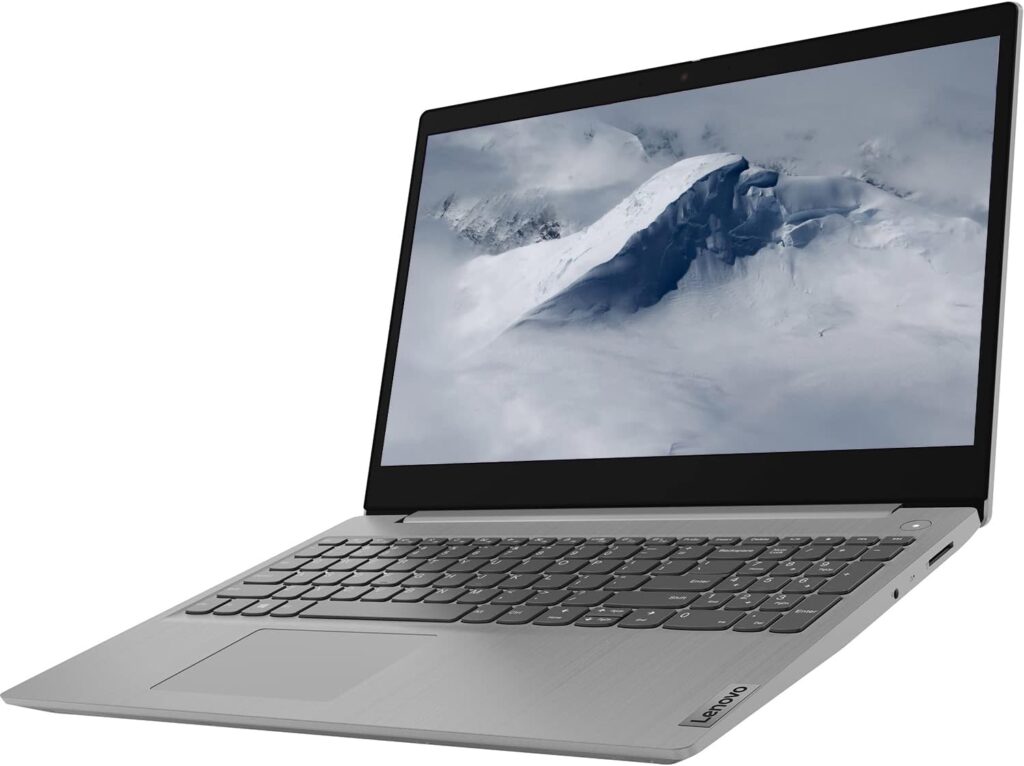This is the Lenovo IdeaPad Slim 3i, and I see this for very decent price on a different websites. For its price point, this is a competent Windows laptop with a 15.6-inch display.
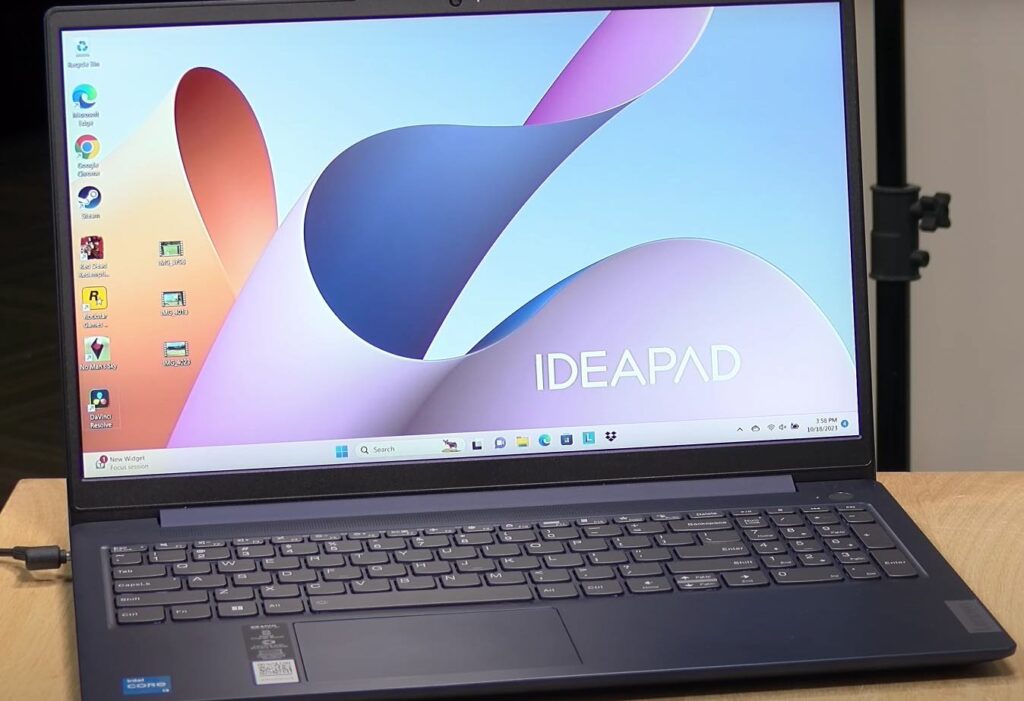
So, let’s dive into the hardware. I first noticed how nice the 15.6-inch touch display looks for the price point. This will undoubtedly be something other than a creator’s laptop where you’ll get all sorts of color accuracy, but it has a very nice matte finish. It runs at 1080p, has 300 nits of brightness, and is an IPS panel, so it doesn’t look cheap. For this cost, it’s nice to see a decent 1080p panel here. When you’re shopping, though, I would be sure to pay attention to the specifications. These lower-end models from Lenovo tend to have different configurations based on where you’re shopping. So, some places may have the touch panel, and some may not. Just look at all the specifications carefully to ensure you’re getting what you want.
Now inside, it has an I3 1315U processor and 8 GB of RAM, which, unfortunately, is not upgradeable, which will hinder some of the higher-end things you can do. It has a 256 GB SSD and an NVMe to upgrade later. You can upgrade the storage if needed, but unfortunately, the system locks the RAM. It feels nice here. As you can see, it is not a 2-in-1, so the display goes down flat. It is all plastic and lacks some polish from the more expensive Lenovo models. It could be more balanced, and the display will flop around a little bit, but these are some things you have to live with if you are paying a low price.
The performance is good. It is rather heavy, though. It comes in at 3.57 lbs or 1.62 kg. Additionally, the battery life could be more spectacular on this too. To complete this task, you should plan to spend around 6 to 8 hours. However, it’s important to note that if you opt for a lower-priced laptop, you may have to compromise on certain features such as battery life, weight, and overall fit and finish.
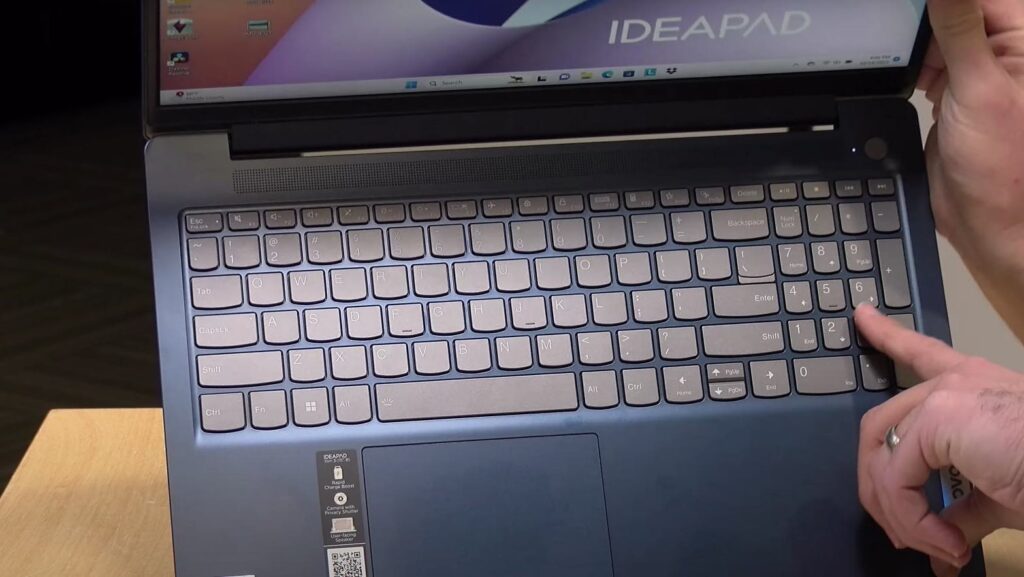
It does, though, have a very nice keyboard and trackpad. This unit has a backlit keyboard, which is great to see on such a low-end model, and you also have room here for a number pad, although the number keys are a little more minor than the letters are. But if you are doing a lot of calculations here, it’s nice to have that on board. The trackpad could be better on this one. It feels a bit springy and not as high quality as some of the other Lenovo trackpads out there, but it’s workable, and again, for the price point, I’m going to be happy.
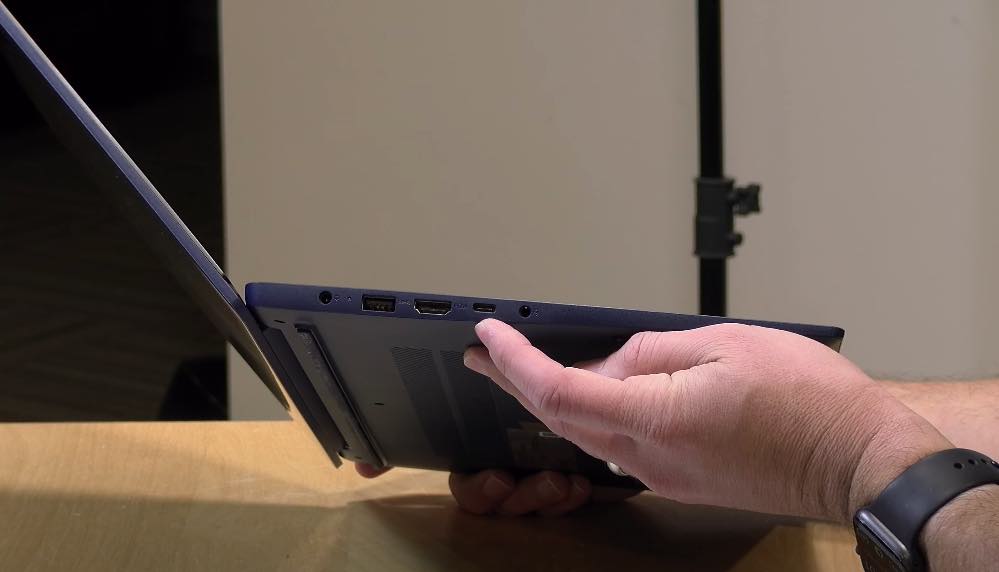
You do get a bunch of ports on this one. So, on the left-hand side, you have your barrel connector for Power, a USB-A slot, and an HDMI port. This will support HDMI 1.4b, so you’ll need to use the USB-C port to output a higher resolution than 1080p on this one or at least 4K 30. I would get a dongle and output the USB-C for higher-end displays. Of note, this is a full-service USB-C port, so this will also deliver Power to the laptop in addition to the barrel connector here. So, if you connect it to a docking station, you can use the port. And, of course, you’ve got video out, as I mentioned, and it will support Gen 2, 10 Gbit per second data devices, but this is not USB 4, and it is not Thunderbolt.
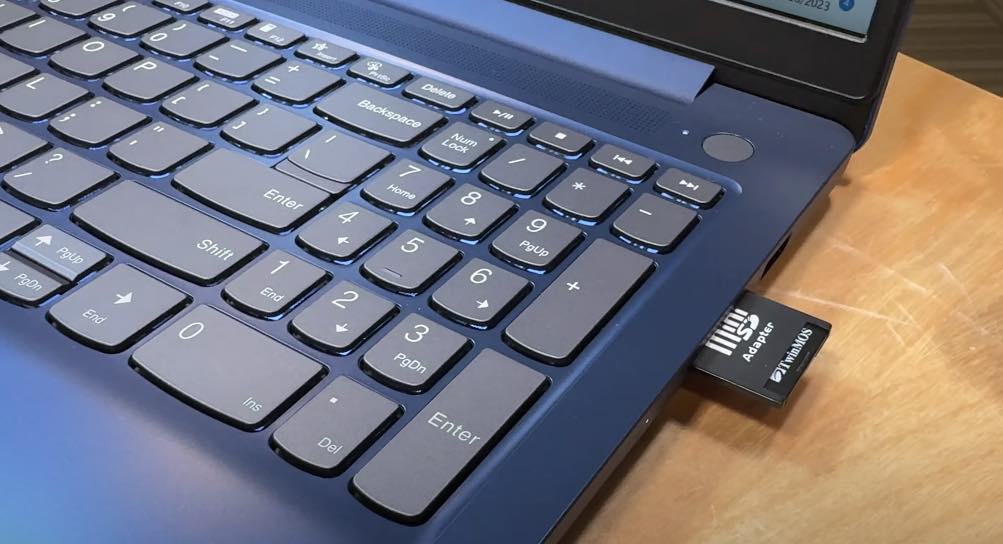
Here, you’ve got your headphone jack, and on the other side, we have a full-size SD card slot and a full-size USB-A port. Additionally, there is a fingerprint reader on here for biometrics.
The webcam on this could be more spectacular. It is a 720p webcam, not a 1080p one. It also struggled with the LED lighting in my space here, but it appears to deliver a bare minimum experience if needed. You also have a manual shutter to block the lens when it is not in use.
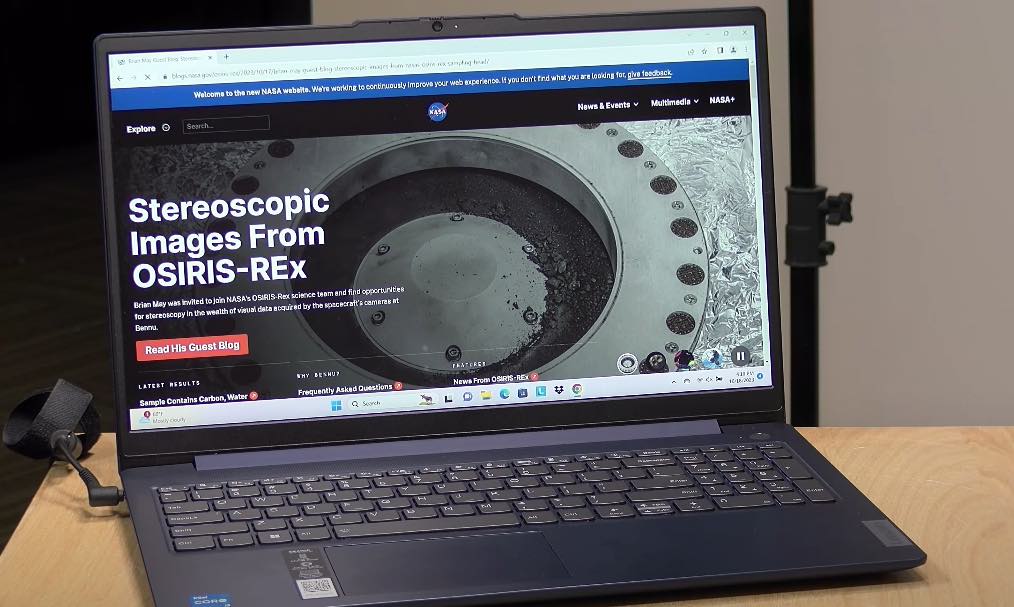
Let’s dive into some performance examples, begin with the basics, and work our way up from there. So, we’ll look first at the nasa.gov homepage, and as you can see, everything is springing to life here very quickly, as expected. This does have Wi-Fi 6 on board, not Wi-Fi 6E, but it is more than adequate for the target market here. As you can see, everything is rendering up quickly and nicely on this beautiful touch display.
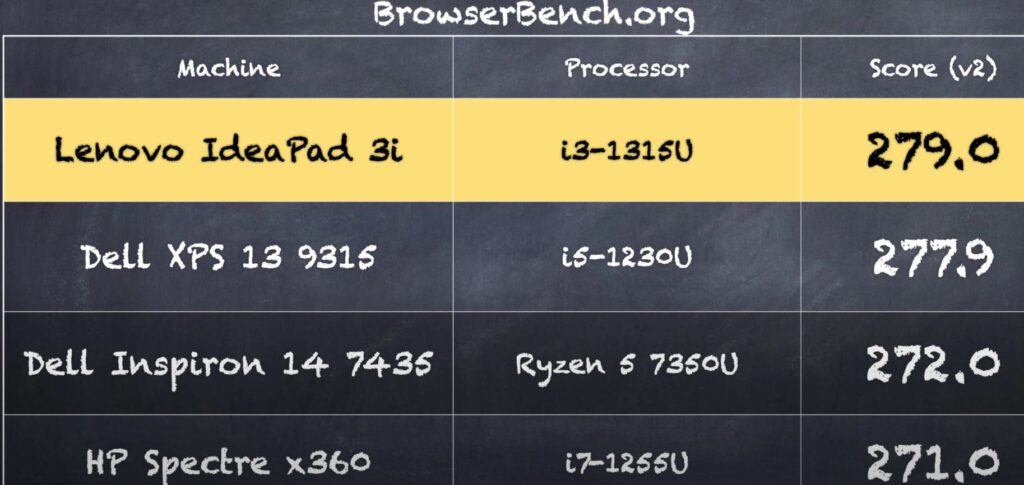
Additionally, I did some YouTube earlier and got a 60 frames per second video to run without any significant dropped frames. It dropped a few when I first started it, but all was good after that. I could also watch Netflix and some other services here. On the browser Bch.org Speedometer benchmark test running in Google Chrome, we scored 279. This puts it right in line with other current processors from Intel and AMD, and it’s also going to do fine for all the other types of basic tasks you would do on a low-end Windows laptop. This is Microsoft Word running here; I didn’t see any performance hitches there, and all was good.
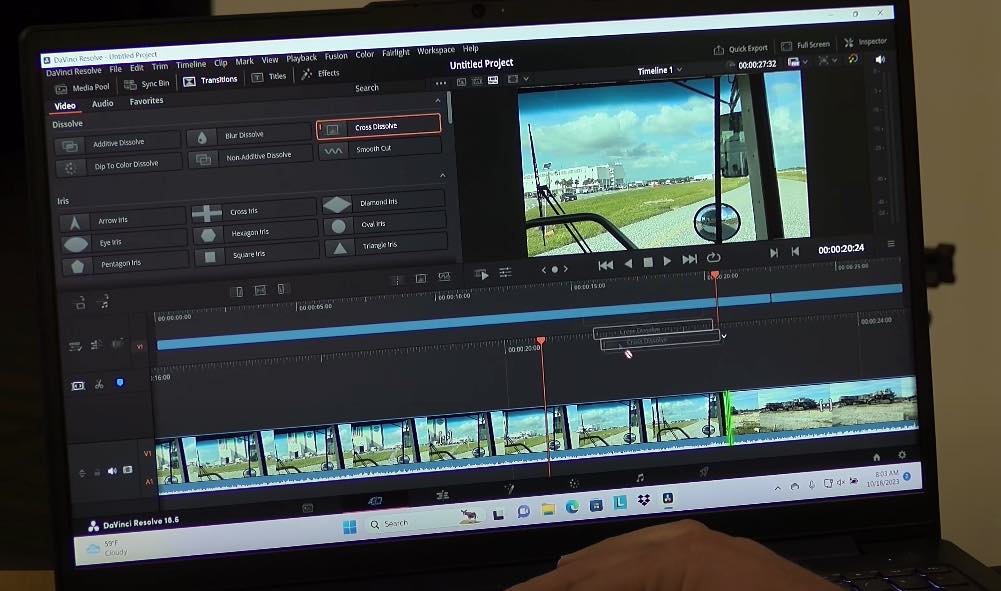
I also did a little video editing on it, and that’s where it struggled. This is DaVinci Resolve, by the way. The issue is that we only have 8 GB of RAM available, and it has to share that small amount of memory between the system and the video. And when you’re editing a 4K 60 video like this, it will be sluggish due to the lack of RAM it has to work with. So, although I think you’ll be okay doing casual Video editing for 1080p files, for example, and anything beyond that will be a struggle on this machine just because it has a limited amount of system memory to take care of it.
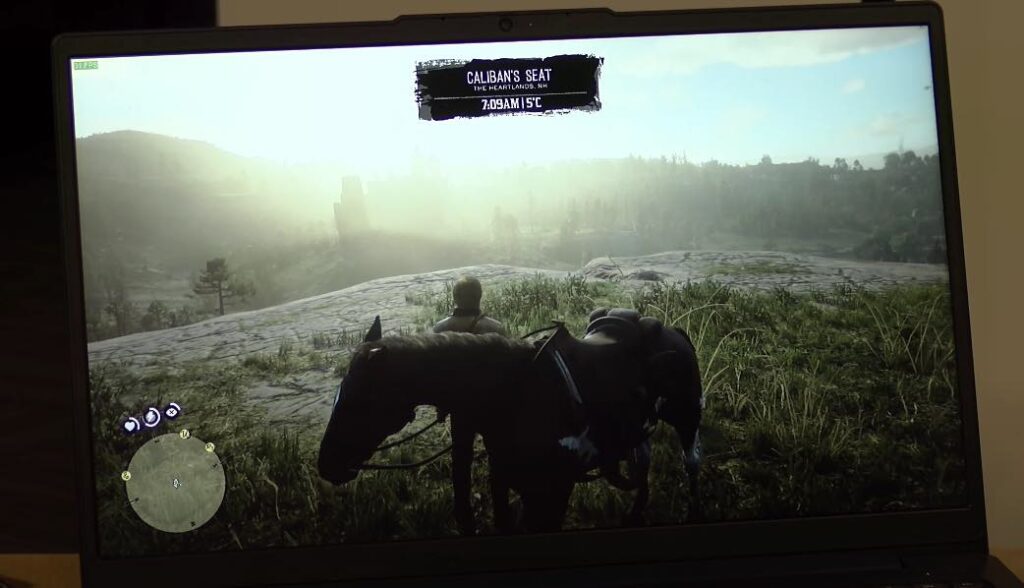
I also ran some games on it, and it did better than I expected. This is Red Dead Redemption 2. I ran at 720p, getting about 25 to 30 frames per second. It was mainly in the 25 frames-per-second range, so it was lower than I consider playable, but it was workable. The only issue is that the longer I played, the less reliable it got. So, after a few minutes here, it started locking up, likely due to the lack of RAM we have to play with here. It would be better if this machine had 16 GB of RAM.
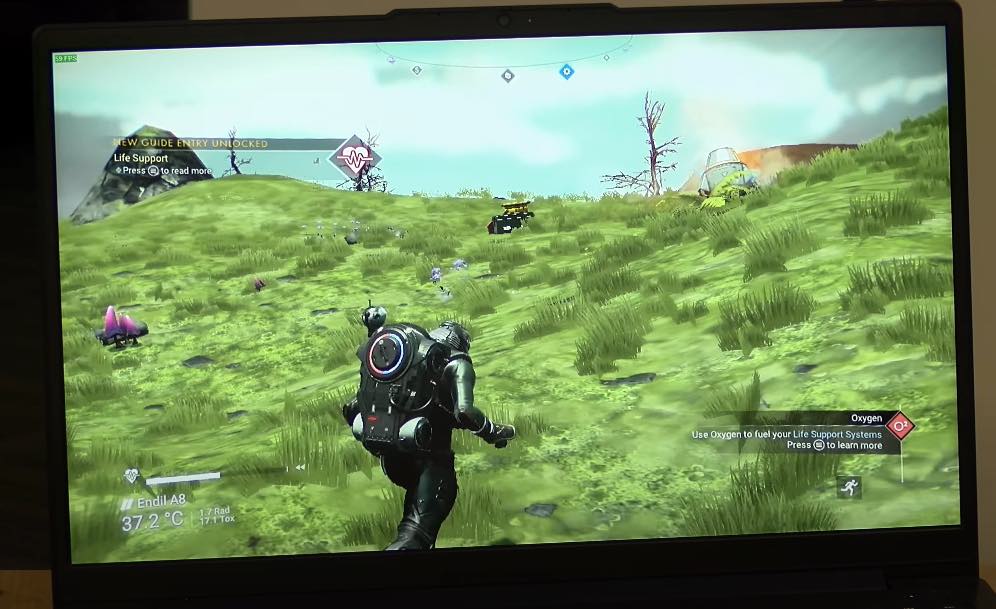
Now, I did run another game called No Man’s Sky, one of my favorites, and this one at 720p, and I was getting about 45 to 60 frames per second, but there was a lot of lag here, as you can see. And again, that has something to do with the lack of RAM on this. So some of the lower-end games will do quite well, especially many retro-inspired games, and indeed, older games like Half-Life 2 and others will run great. But some of the more demanding titles, given the lack of RAM on here, will struggle a little more. Even though the system can generate pretty decent graphics, unfortunately, on this machine, an external GPU is not possible because you don’t have a USB 4 port or a Thunderbolt port on the left-hand side. And, of course, game streaming is a good solution on a device like this because you have Wi-Fi 6 and an excellent 1080p display.

Now, we ran the 3D Mark Time Spy benchmark test, and we got a score of 1,154. Believe it or not, it held its own against a couple of Ryzen fourth and fifth-generation processors we looked at on similar laptops not too long ago. So again, if we had a bit more RAM in here, we could do a little more in the gaming arena. Additionally, we ran the 3D Mark stress test, which did very well there. We got a score of 99.2%. You can also see what temperature the processor was running after that test, and that test, of course, tests to see how well the system can perform under a heavy sustained load. It ran this test repeatedly to see if there was any drop-off in performance, and there wasn’t anything noticeable, which was great.
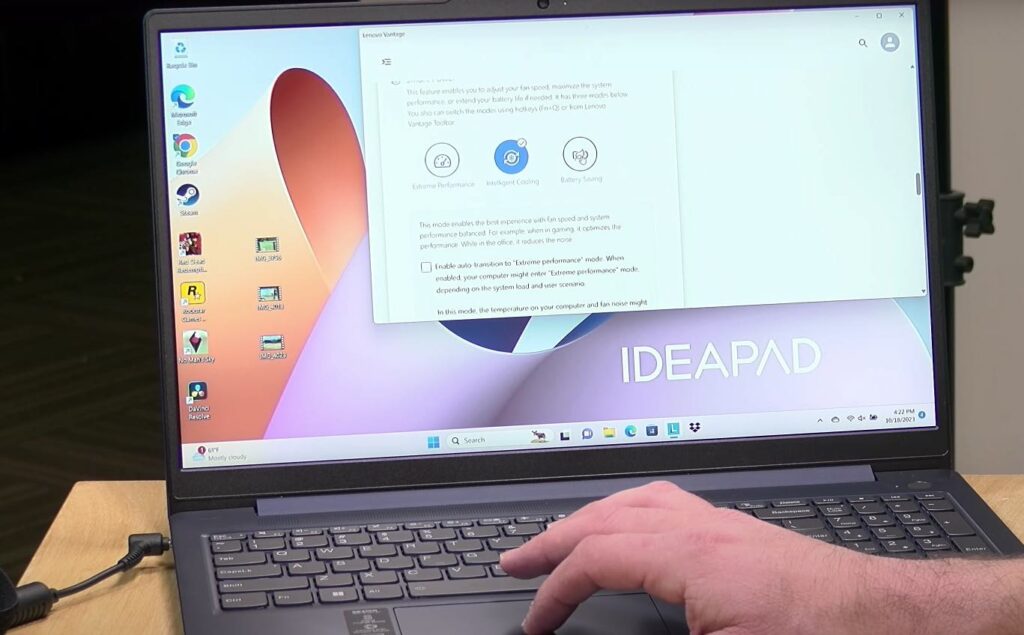
And that’s because it does have a fan, so you’ll need to keep the bottom portion of the laptop clear, and it will suck the air in from the bottom and exhaust it out through some vents there next to the hinge on the display. The fan could be more quiet. Typically, when you’re working on a website or a Word document, you won’t hear the fan all that often. Also, when you get these laptops for the first time, they start doing a lot of updates when you first take them out of the box, so you’ll hear that fan a little bit more initially.
But after everything is settled down, it won’t be all that loud when you’re doing essential work. Lenovo has some controls you can manage through their Vantage app that will allow you to change how the fan behavior works. So, for example, right now, I’ve got mine on the high-performance mode, and if we browse around here to the device settings and go to Power, we can adjust how the system behaves. If I scroll down a bit here and we go into the battery-saving mode, you’ll likely hear the fan kick on less frequently.
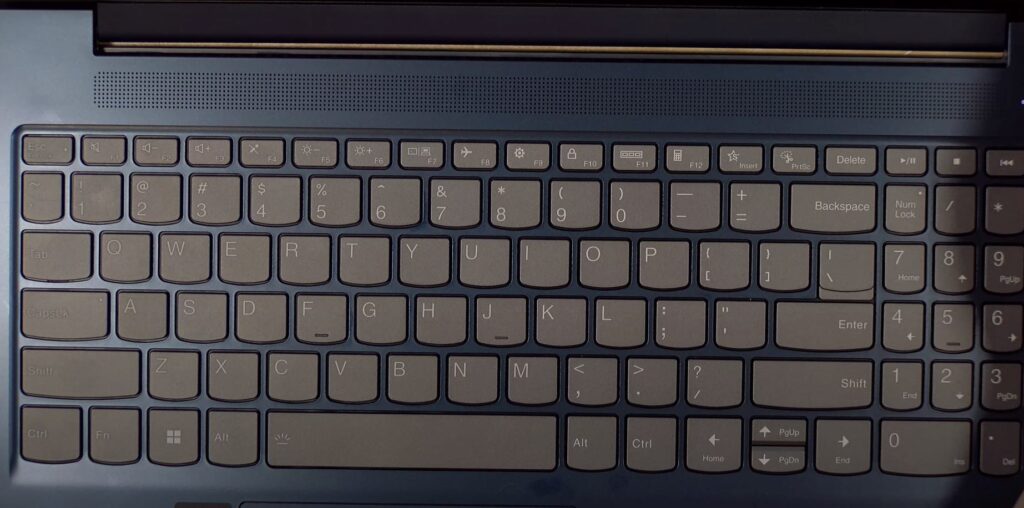
Now, you have stereo speakers here underneath the display hinge. It’s nice that they’re on the top. Unfortunately, though, the speakers are a bit on the tiny side. So, if you plan to listen to music with this thing, I recommend attaching headphones through the headphone port or Bluetooth.
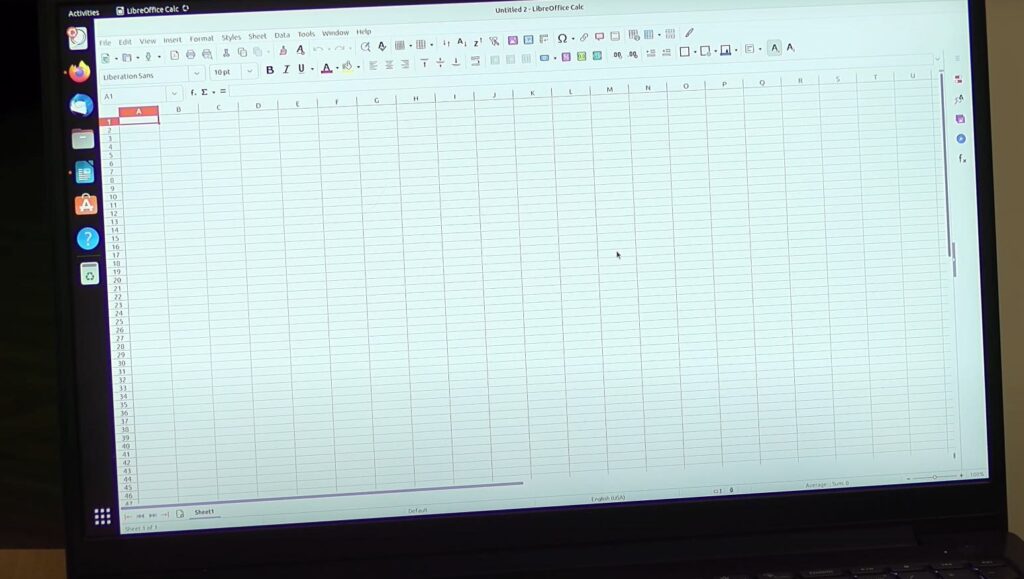
One last thing to check out, and that is its Linux performance. We booted up the most recent version of Ubuntu here, and all the hardware was detected successfully. So the audio, the Wi-Fi, the video, the touch display, the camera worked, and everything performed quite nicely on this. So, if you were looking to run an alternative operating system, this might be something to consider, especially given its price point.
All in all, this is one of those typical trade-offs you must consider when shopping for a low-cost laptop. You always get one nice thing on the laptop, but only some of the nice things you get on a more expensive one. So, for this one, the touch panel is the touch panel. It looks very, very lovely for a low-cost device. The performance could be better here, too, although we’re struggling with only 8 GB of RAM when we’ve got higher-end tasks that we might want to do on it. So, upgradable RAM would have been a nice add-on here, but again, you are making a few sacrifices for its overall price tag. But other than that, it’s a lovely laptop if you are on a tight budget.
